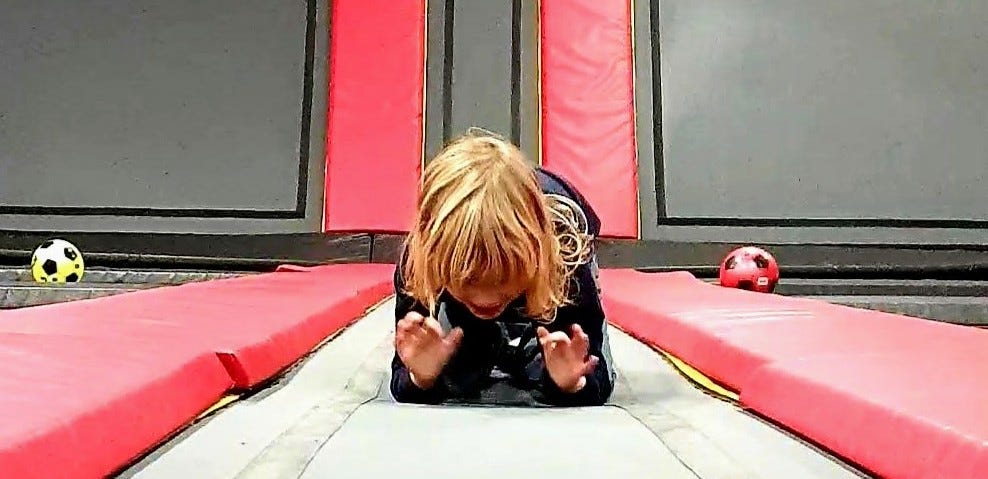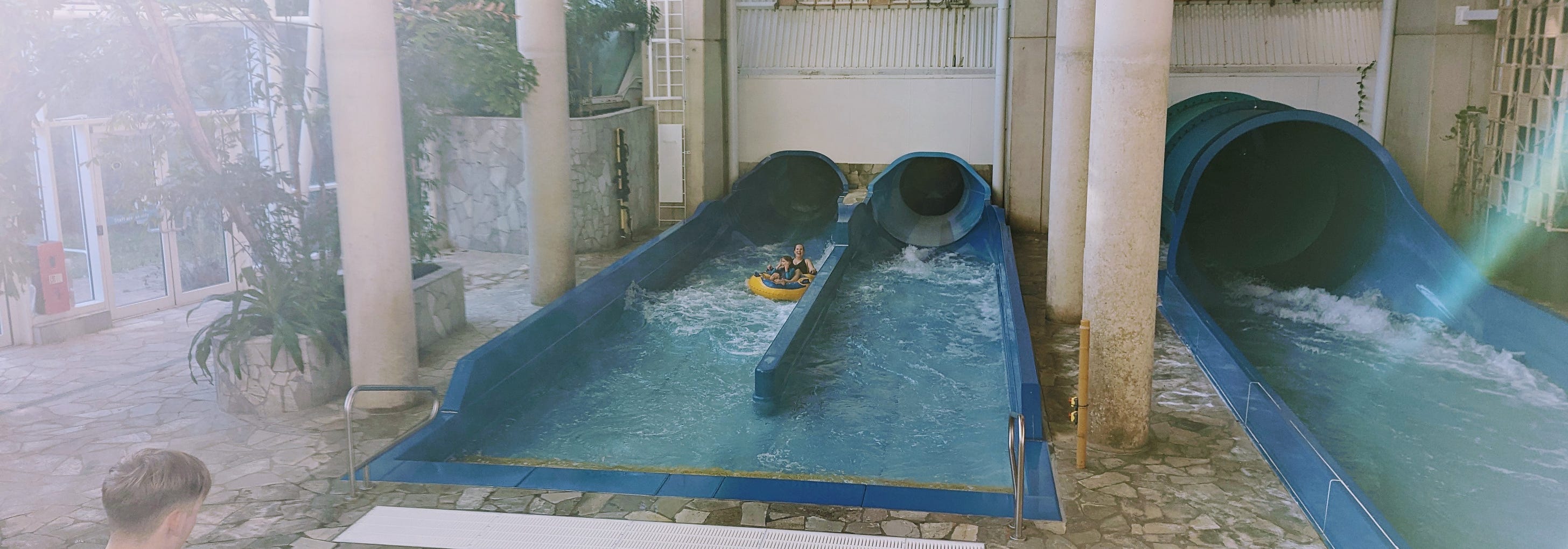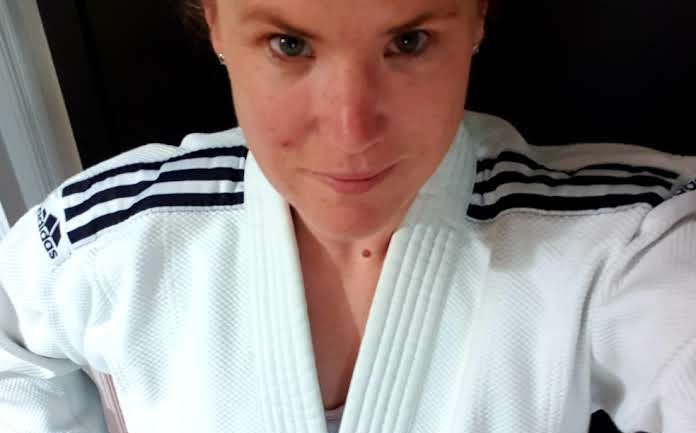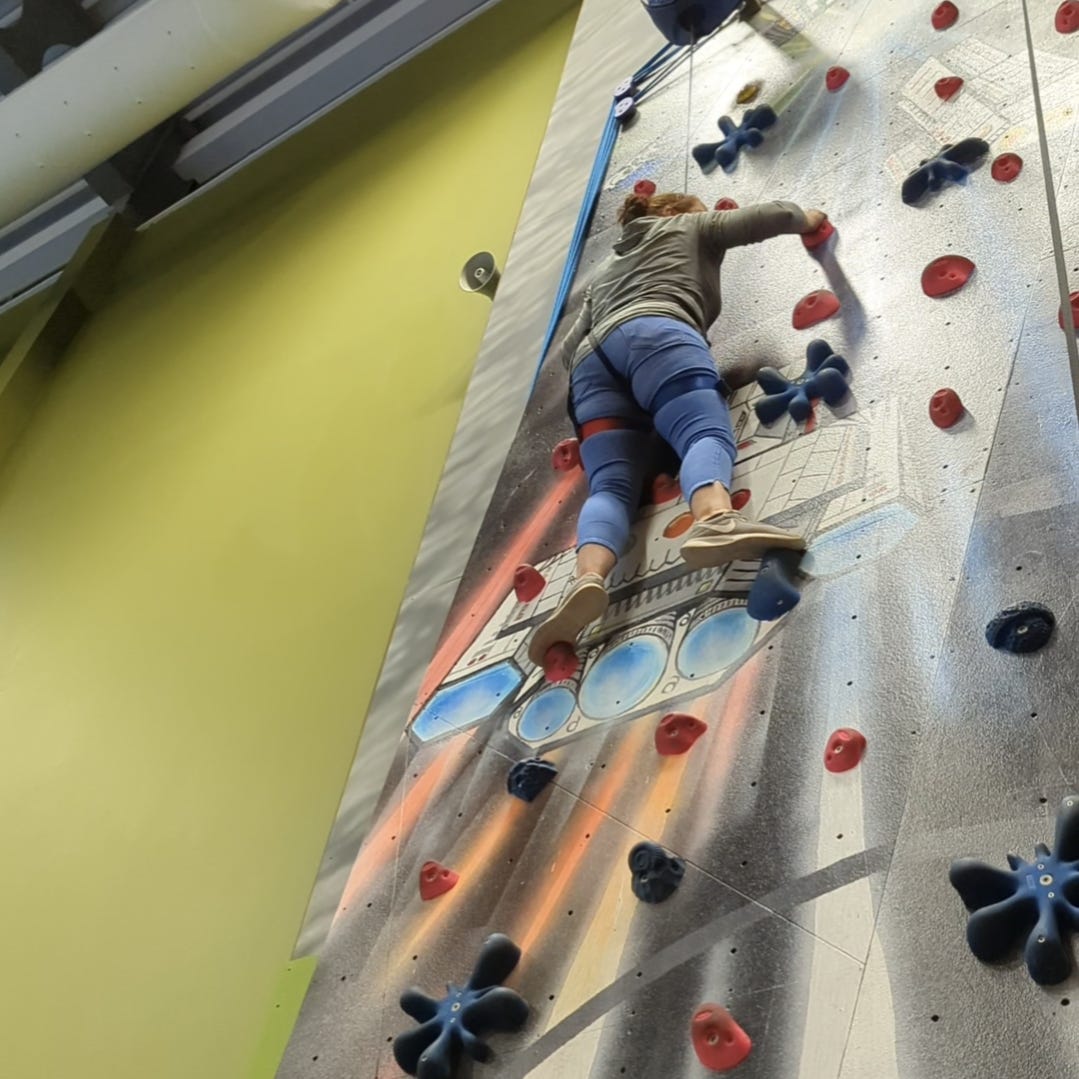I always envied those parents who sat and chatted on the side at soft play centers, parks, or poolsides. They would catch up on social gossip or chill with the other parents, getting a moment to relax and be themselves.
I have never been one of those people. Well, at least since my children could walk!

When your child will leave a venue, just because they are done. Or go to the toilet at the other end of the facility, because they need to go. Never telling you their intent or agenda, I am always left with a feeling in my gut that no words can describe.
That feeling that your child is missing.
When your child doesn’t understand the concept of waiting or personal space, and cannot advocate for their challenges because words are not part of their repertoire, that’s why I am there. That’s why I am at my son’s side, to be his voice, to show him the direction, to make sure he is safe.
His autism brings challenges which I am there to help him overcome.

It means I am always active.
It means I am always involved.
It means I take part in things I may just be a bit old to enjoy, but get the thrill of childhood memories and enjoy my son’s smile at being his partner in crime.
I have crawled through soft play tunnels and got stuck in the clothes wringers when there was no other way to turn without taking my eyes off my teammate. I have sped down water slides, gripping my son with my legs as he sat in front of me on a blow-up tube. His screams of excitement as he shouts, “Hold on tight” and “Weeeeeee” – statements mimicked from me when I was trying to entice excitement and fun.

Then there are activities I have taken part in on my own. The need to understand the process, the feel, and the method, to allow me to construct a strategy to get my son involved next time or years in the future. I have scaled climbing walls and ridden bikes down steep inclines and taken on physical sports like judo, letting fully grown men throw me over their shoulders and end in their hysterics at my ear-piercing screams.

I have had my limits, but they are beyond the standard parent’s limit. I have taken part to let my son be included. Included for now and for the creation of options in the future.
I am not the parent who sits on the bench.
I am not the parent who drinks tea and talks about the latest series release, because to be honest, my television watching mostly consists of Peppa Pig and Numberblocks. I know nothing about the end of Breaking Bad or which housewife has had the biggest crisis!
But I do know that I am doing my best for my son, and to be honest, having a whale of a time doing new stuff myself.
So get up off the bench and live life. Because living brings opportunity, and opportunity creates memories you will treasure forever.
Our children can experience everything they want, sometimes they just need a little bit of support, encouragement and a teammate at their side








